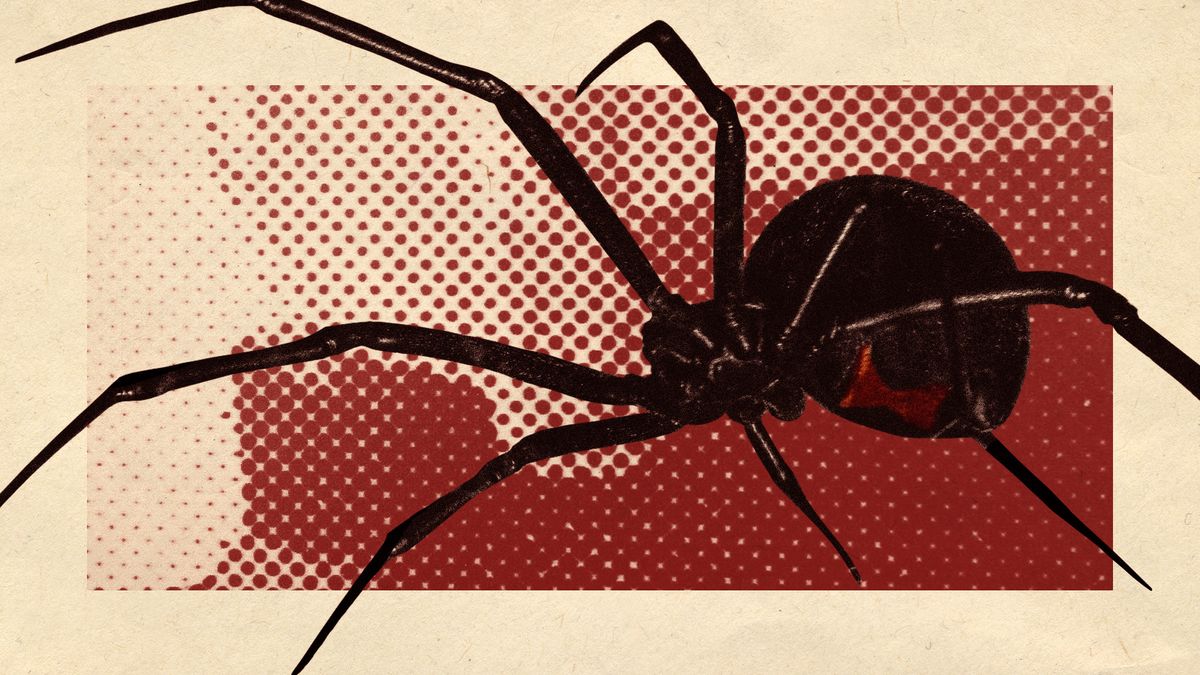Unveiling Nature’s Creepiest Creatures: The Top 5 Scariest Spiders
Spiders have long fascinated and terrified humanity in equal measure. These eight-legged arachnids evoke a range of emotions, from fascination to outright horror. In this exploration of nature’s creepiest creatures, we’ll delve into the five scariest spiders on the planet. From their venomous fangs to their eerie appearances, these spiders are truly the stuff of nightmares.
1. The Brazilian Wandering Spider
Often topping the charts as one of the world’s most venomous spiders, the Brazilian wandering spider (also known as the armed spider) is notorious for its aggressive behavior and potent venom. Found primarily in tropical South America, this spider is characterized by its large size, with a leg span that can reach up to 5 inches.
- Scientific Name: Phoneutria spp.
- Habitat: Rainforests, urban areas, and agricultural fields.
- Venom: Neurotoxic, can cause serious symptoms in humans.
The Brazilian wandering spider is often found wandering on the ground, which contributes to its fearsome reputation. Unlike many spiders that prefer to stay hidden, this species is known for its aggressive defense of its territory. Its bite can cause severe pain, breathing difficulties, and in rare cases, can be fatal. However, it’s important to note that antivenom is available, and fatalities are extremely rare due to prompt medical intervention.
2. The Sydney Funnel-Web Spider
Natives of eastern Australia, the Sydney funnel-web spider is another contender in the realm of terrifying spiders. Recognizable by its dark, shiny body and large fangs, this spider is infamous for its potent venom and aggressive nature.
- Scientific Name: Atrax robustus
- Habitat: Moist, sheltered environments like gardens and forests.
- Venom: Highly toxic, particularly to humans.
The Sydney funnel-web spider’s bite can lead to a condition known as funnel-web spider envenomation, which can be life-threatening. Fortunately, the development of an effective antivenom has significantly reduced mortality rates. Interestingly, these spiders create silk-lined burrows with a funnel-shaped entrance, providing them with a unique hunting strategy. When prey approaches, they swiftly ambush it from the safety of their burrows.
3. The Black Widow Spider
Perhaps the most infamous spider on this list, the black widow spider is known for its distinctive red hourglass marking on its abdomen. Found in various regions around the world, including North America, black widows are often feared due to their venomous bite.
- Scientific Name: Latrodectus mactans
- Habitat: Woodpiles, sheds, and dark corners.
- Venom: Neurotoxic, can cause severe pain and muscle cramps.
While the bite of a black widow can indeed be painful, fatalities are rare and usually occur in vulnerable populations, such as the elderly or very young children. The venom acts by affecting the nervous system, leading to symptoms such as muscle spasms and abdominal pain. Despite their fearsome reputation, black widows are generally reclusive and prefer to avoid humans.
4. The Goliath Birdeater
When it comes to sheer size, the Goliath birdeater reigns supreme. This massive tarantula can have a leg span of up to 11 inches, making it one of the largest spiders in the world. Native to the rainforests of South America, particularly in Guyana and Brazil, the Goliath birdeater is often referred to as the “bird-eating spider,” though it primarily feeds on insects and small vertebrates.
- Scientific Name: Theraphosa blondi
- Habitat: Tropical rainforests.
- Venom: Mildly venomous, not dangerous to humans.
Despite its intimidating size, the Goliath birdeater poses little threat to humans. Its venom is not potent enough to harm us, but it does have other defenses, such as urticating hairs that can cause irritation. The sight of this giant spider in its natural habitat can be both awe-inspiring and terrifying, creating a clear dichotomy in our perception of arachnids.
5. The Recluse Spider
The recluse spider, particularly the brown recluse, is infamous for its potentially dangerous bite. This spider is primarily found in the central and southern United States, often hiding in dark, undisturbed areas like attics and basements.
- Scientific Name: Loxosceles reclusa
- Habitat: Inside buildings, woodpiles, and under rocks.
- Venom: Necrotic, can cause severe tissue damage.
The bite of a recluse spider can lead to loxoscelism, which results in necrotizing skin lesions that can take a long time to heal. Fortunately, bites are relatively rare, and most encounters with humans do not result in bites. As with many spiders, they prefer to avoid humans and will only bite in self-defense.
Understanding the Fear of Spiders
The fear of spiders, known as arachnophobia, affects a significant portion of the population. Many people are drawn to the creepy allure of these creatures, despite their fear. Understanding the biology and behavior of spiders can help demystify them and reduce fear.
It’s vital to recognize that while some spiders possess venom that can be harmful to humans, most are harmless and play crucial roles in our ecosystems. They help control insect populations, pollinate plants, and even contribute to soil health.
Conclusion
In conclusion, the world of spiders is filled with both wonder and fear. The top five scariest spiders we’ve explored showcase the diversity and complexity of these arachnids. From the deadly Brazilian wandering spider to the massive Goliath birdeater, each species has its unique adaptations and characteristics that evoke both fear and fascination. By educating ourselves about these creatures, we can appreciate their role in nature while managing our fears in a more informed way.
So, the next time you encounter one of nature’s creepiest creatures, remember that behind their frightening appearances and deadly reputations lies a world of fascinating biology and ecological importance.
See more BBC Travel World


